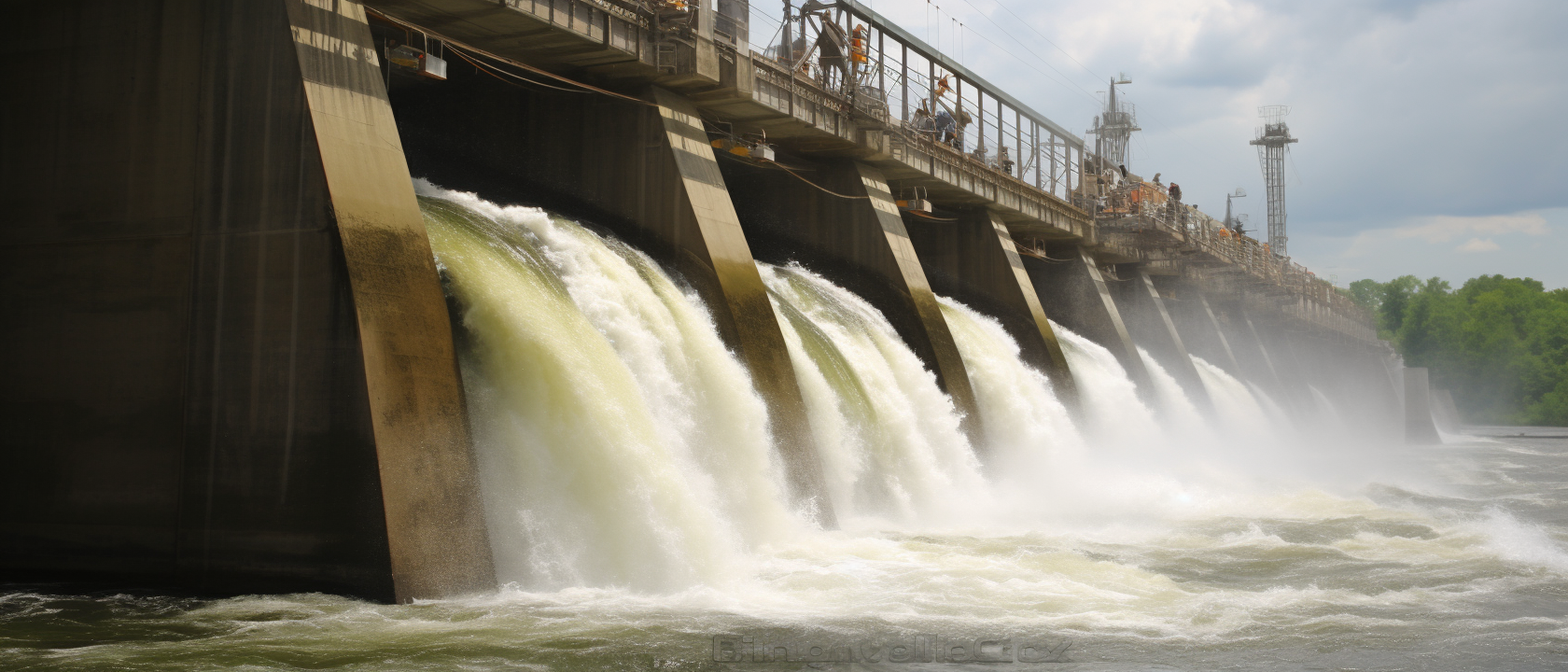High Energy Costs Won't Kill Bitcoin
This post was originally published on
Bitcoin mining is an essential process that validates transactions and secures the Bitcoin network. Miners solve complex mathematical problems to add new blocks to the blockchain, earning Bitcoin rewards in return. The profitability of Bitcoin mining largely depends on energy costs, which can be highly variable.
The Relationship Between Energy Costs and Bitcoin Mining
The cost of energy is a crucial factor for Bitcoin miners. High energy costs can significantly reduce profit margins, while low energy costs can increase profitability. However, Bitcoin's network has a built-in difficulty adjustment algorithm that ensures mining remains viable under various energy price conditions.
How the Difficulty Adjustment Works
The difficulty adjustment algorithm is central to Bitcoin's design. It adjusts the difficulty of the mathematical problems that miners must solve in order to keep block production times close to a target of 10 minutes. If energy becomes very expensive, some miners may find it unprofitable and drop out, reducing the overall hash rate. When this happens, the algorithm decreases the difficulty, making it easier to mine. Conversely, if energy prices drop or mining becomes too easy, the difficulty increases.
Mining Efficiency and Revenue
The efficiency of Bitcoin mining rigs plays a significant role. Newer models can perform more hashes per second per unit of energy consumed, making them more profitable. Miners earn revenue from block subsidies and transaction fees. The current block subsidy is 6.25 Bitcoin, which will halve to 3.125 Bitcoin in April 2024. Transaction fees are variable and add to the miner's revenue.
Bitcoin Price and Miner Profitability
The value of Bitcoin in fiat currency is another critical element affecting mining profitability. If the price of Bitcoin doubles while the block subsidy halves, the fiat revenue for miners remains the same, assuming transaction fees stay constant. This dynamic demonstrates the importance of the Bitcoin to fiat exchange rate for miners, who typically incur costs such as electricity in fiat.
Costs and Investments in Mining Equipment
Miners also face expenses beyond energy, including the capital cost of mining rigs. These costs are often expressed as depreciation over time. Some miners may have access to extremely low-cost or even free energy, such as those using renewable energy sources like hydroelectric power.
The Possibility of Zero Energy Costs
The scenario of zero energy costs, while extremely unlikely, poses an interesting thought experiment. In such a case, competition among miners would focus solely on the efficiency and power of their mining rigs. However, given the ever-increasing global demand for electricity, this scenario remains purely hypothetical.
Bitcoin Mining and Electricity Infrastructure
Bitcoin mining can have a positive impact on the development of electricity infrastructure. Miners can monetize excess electricity that would be wasted, such as from renewable sources during off-peak hours. This symbiotic relationship can lead to the build-out of new power generation and distribution systems.
Conclusion
The Bitcoin network's difficulty adjustment algorithm is designed to ensure that mining remains feasible across various energy cost scenarios. While high energy costs can challenge miners' profitability, the network adapts to maintain a consistent block production rate. The profitability of mining operations is influenced by a combination of factors including energy efficiency, Bitcoin's fiat value, and the cost of mining equipment. Despite the potential impact of fluctuating energy prices, the Bitcoin network is structured to weather such changes without compromising its integrity or functionality.




